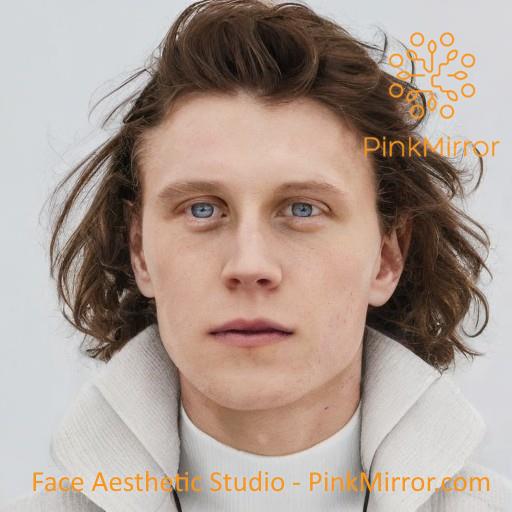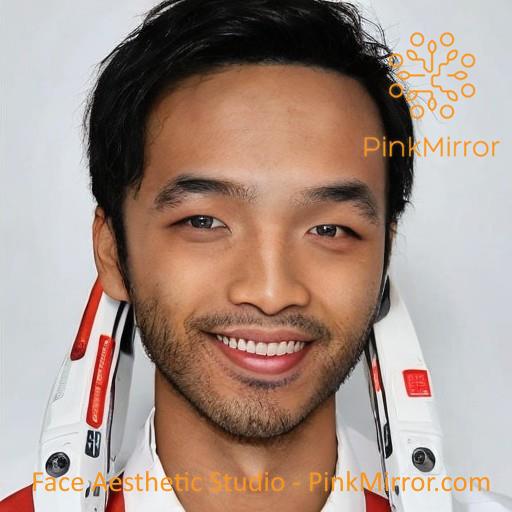Anthony Davis - Facial Feature - Interocular Distance

Your Eye Internal Distance measures 35 IPD units, which is considered average. In terms of facial aesthetics, 'small' and 'average' are seen as the most attractive by current beauty standards.
- Most Attractive
- Least Attractive
- Your Score
What is Interocular distance? Why is a longer interocular distance unattractive than an average one?
In a study focused on an Italian beauty competition (Sforza et al 2015), 126 contestants were ranked by professional judges to be “attractive” and were measured allowing a rare glimpse into the exact dimensions of their beauty. The male participants had a mean intercanthal (or between the eye distance) of 27.8mm (and this only varied by approximately 5.3mm between all the studies’ male contestants). The beautiful women in this study had only a slightly shorter mean distance of 27.4. Not only that but when they compared these ‘attractive’ measurements to that of that of the general (or normal) population they were lower (Men: -0.685, Women: -0.377), denoting that ‘attractive’ eye distance morphologies were shorter than average. What we can see here is that there is a clear association between the distance between the eyes and our perception of beauty.
The study at University of Nebraska Medical Centre, USA by Schmid finds that “Female faces are considered more attractive when they have greater distance between the eyes than that proposed by the neo-classical canon”.
In a study (Faure, Rieffe, and Maltha, 2002) jointly carried out by the University of Nijmegen and Free University, in the Netherlands, they found an increased intraocular (or between eye) distance has a strong negative effect on participants’ judgement of facial aesthetics. This was confirmed by a neurological study examining the brain’s responses to aesthetically pleasing faces. They reported that ”Overall, the ear length, nose size, interocular distance and lip-chin distance are of more importance in determining the facial attractiveness compared with the other feature sizes” (Shen et al, 2016).
Choose a recommendation and track your weekly progress:
Cautionary Note: It's important to note that each individual's skin is unique and may respond differently to various treatments. Always conduct a patch test when trying new products or ingredients, and consider consulting a dermatologist before beginning any advanced treatments.
No suggestions available.










